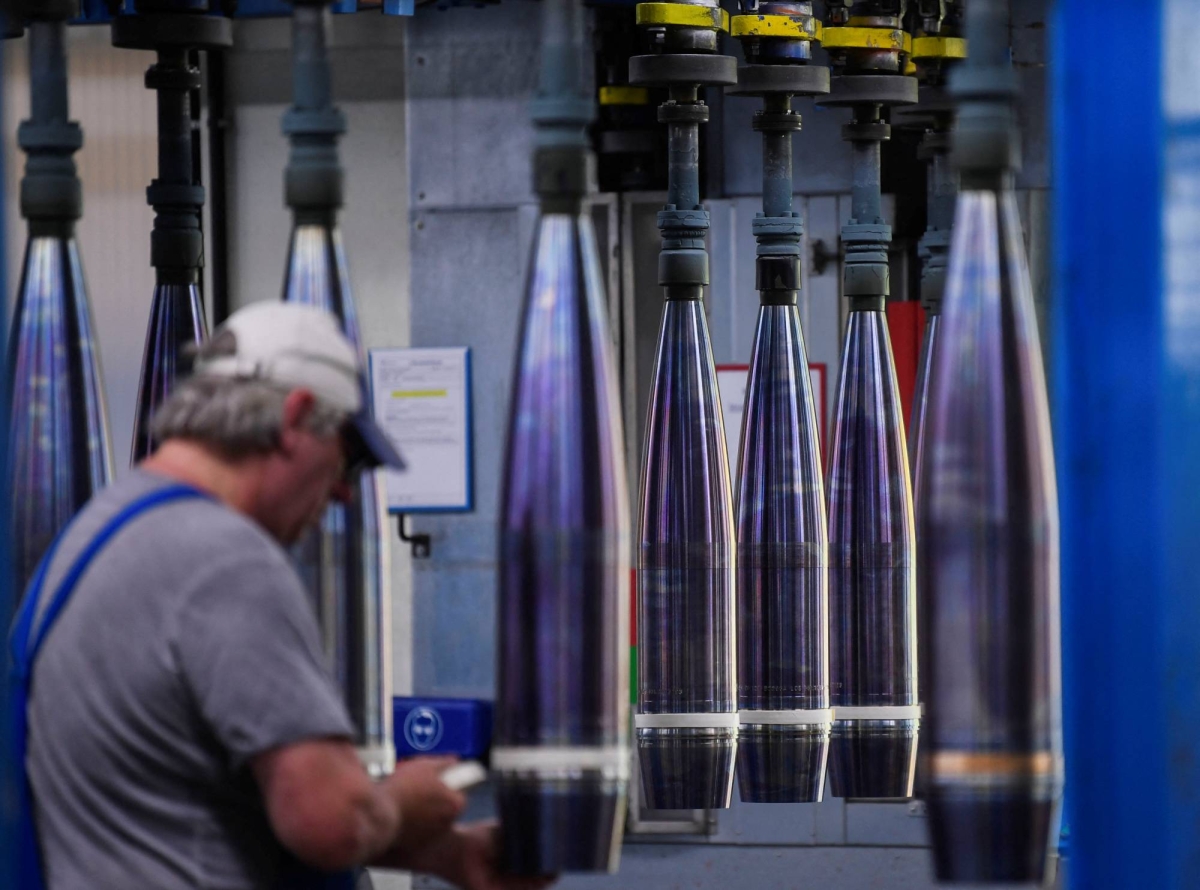Most of the cotton used in nitrocellulose also has to be imported from China, which is the world’s largest producer — and, on friendly terms with Russia. While there are alternatives to cotton made from wood pulp and other materials, they aren’t currently produced at the scale the market needs.
The cost of switching production from civilian to military use is high. The plastics and paint industries, for example, do use a form of nitrocellulose that has a lower nitrogen content than military-grade guncotton. But to move from one to the other would be technically and legally very complex, experts said.
Lowering regulatory hurdles, giving companies guarantees, and overcoming Europe’s social and fiscal barriers to investing in weapons and their components will be vital to meeting the continent’s needs, experts said, in particular because its biggest strategic threat, Russia, has few of these constraints.
"We have to rearm everywhere, simultaneously and in large numbers,” Brunswick’s Peter said. "An authoritarian state that has switched to a war economy at the expense of the population simply ramps up. And it must therefore be clear that we need to pick up the pace.”
 https://www.japantimes.co.jp/business/2025/03/22/eu-ukraine-low-munitions-stockpile/
https://www.japantimes.co.jp/business/2025/03/22/eu-ukraine-low-munitions-stockpile/
Making military-grade nitrocellulose is one example of how Canada can partner.
eg ...
https://gabaychemicals.com/
Note: For optimal "reading", use Use DuckDuckGo browser.
